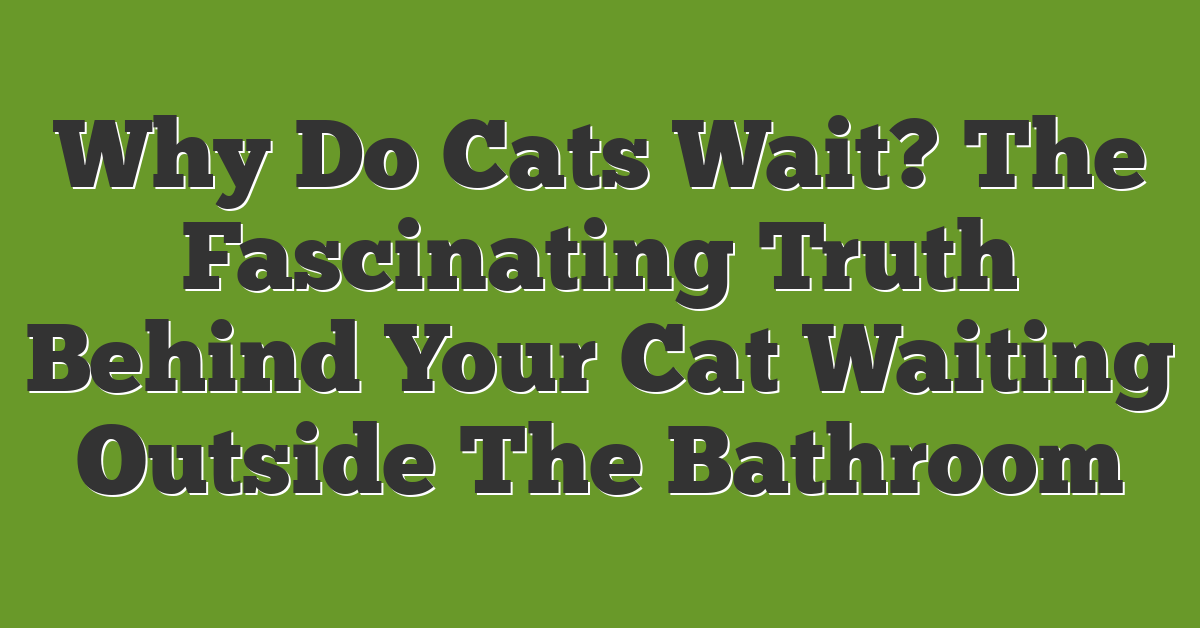Have you ever watched your cat chase a toy with boundless energy and wondered what’s fueling this playful behavior? I’ve always been fascinated by the intricate psychology behind why our feline friends engage in play. Understanding what drives cat play not only deepens our bond with them but also helps us provide the best environment for their well-being.

In this article, I’ll explore the motivations and instincts that spark play in cats. From hunting instincts to social interactions, we’ll delve into the various factors that make playtime so essential for our whiskered companions. Whether you’re a seasoned cat owner or new to the feline world, uncovering the reasons behind cat play can enrich your relationship and enhance your cat’s happiness.
Understanding Cat Play Behavior
I find that understanding why cats play helps strengthen our bond with them. Cat play reveals much about their instincts and personalities.
Innate Instincts
Cats play to satisfy their natural instincts. Hunting is a primary drive. When they chase toys or pounce on moving objects, they’re practicing essential survival skills. Additionally, play helps develop their coordination and agility. Kittens engage in rough play to learn social boundaries and behaviors.
Learned Responses
Cats also learn through play. They observe and mimic behaviors from their environment. Positive interactions with owners encourage more playful behavior. Using interactive toys reinforces their desire to engage and explore. Socially, play teaches cats how to interact with other pets and humans effectively.
Motivations Behind Cat Play
I’ve found that understanding your cat’s play motivations enhances your bond. Their drive stems from natural instincts and social needs.
Hunting and Predatory Drives
I’ve observed that hunting and predatory drives motivate cats to engage in play. These instincts developed for survival, honing skills like stalking and pouncing. For example, kittens practice these behaviors by chasing toys or pouncing on objects. Play maintains coordination and agility, essential for hunting in the wild.
Social Interaction and Communication
I’ve noticed that social interaction and communication also drive cat play. Through play, cats establish social hierarchies and strengthen relationships. Kittens interact with siblings to learn social cues and communication skills. Adult cats use play to bond with other cats or humans, reinforcing trust and companionship.
Benefits of Play for Cats
Playing offers numerous advantages for cats. It keeps them active and mentally sharp.
Physical Health and Fitness
Regular play helps cats stay fit and healthy. It strengthens their muscles and improves their coordination. Active play reduces the risk of obesity and related health issues. For example, chasing a toy mouse can burn up to 100 calories in a session. Playing also enhances their agility, making them more graceful and less prone to injuries.
Mental Stimulation and Stress Relief
Playtime stimulates a cat’s mind and alleviates stress. Engaging in interactive games keeps their brains active, preventing boredom. Mental challenges during play can improve problem-solving skills and memory. Additionally, play reduces anxiety and destructive behaviors by providing an outlet for their energy. A stressed cat is less likely to develop behavioral problems, ensuring a happier and more relaxed pet.
Factors Influencing Play Patterns
I’ve found that various factors shape how my cat plays. These elements affect her play style and frequency.
Environmental Enrichment
A stimulating environment boosts my cat’s play. I provide toys, scratching posts, and climbing shelves to keep her active. Different toys, like feathers and balls, encourage diverse play behaviors. Interactive toys, such as laser pointers and puzzle feeders, make playtime more engaging.
Age and Developmental Stages
A cat’s age influences her play patterns. Kittens play energetically, chasing and pouncing to develop hunting skills. Adult cats engage in more structured play, interacting with owners or other cats. Senior cats prefer gentle play, focusing on movements that don’t strain their joints. Understanding these stages helps me meet my cat’s changing play needs.
Conclusion
Watching my cat play always brings a smile to my face. It’s amazing how their playful antics reveal so much about their inner world. Understanding what drives their play helps me connect better with my furry friend.
Creating a stimulating environment has made a big difference in her happiness. Seeing her chase and pounce keeps her fit and her mind sharp. It’s wonderful to know that playtime strengthens our bond and ensures she stays joyful and healthy.
Embracing their natural instincts through play not only enriches their lives but also brings so much joy to mine. Every playful moment is a reminder of the special bond we share and the simple pleasures that make life with a cat so rewarding.










